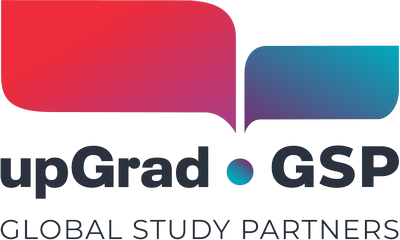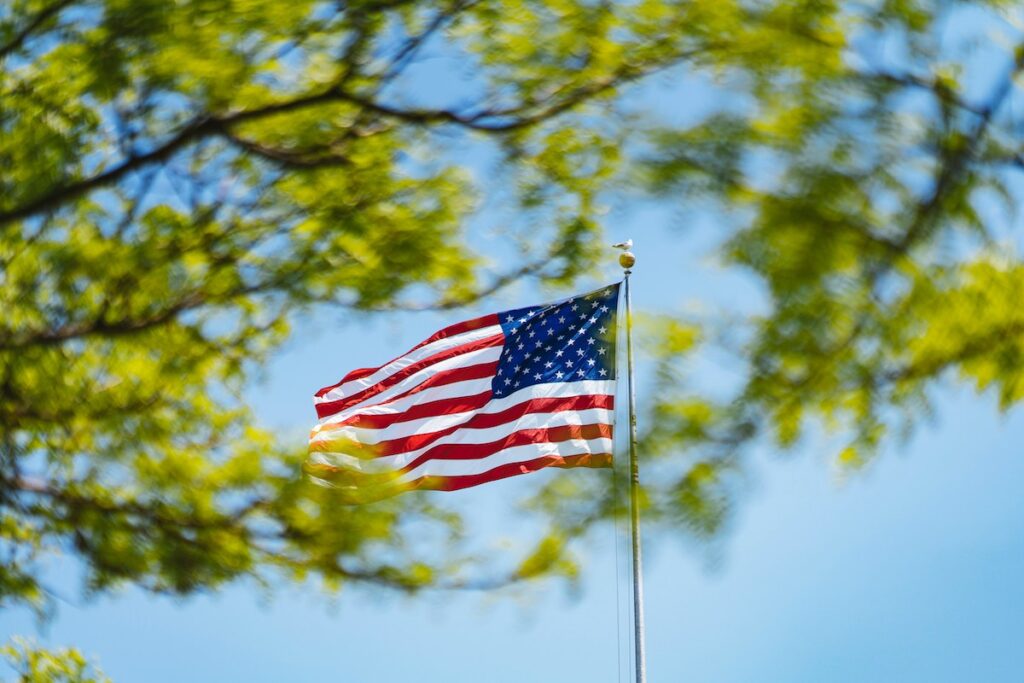Students worldwide dream of pursuing their education in the United States due to its prestigious universities, extensive academic offerings and opportunities for personal and professional development. As they plan and prepare for their educational journey, a vital part of their decision-making process involves understanding the student visa. By knowing the visa application requirements and process, prospective students can ensure a seamless transition into the American academic system. In this article, we’ll go through how to get a student visa for USA, what categories there are and some of the latest US student visa news in 2024.
What is the US student visa?
Generally, the US offers two major categories of student visas for foreign nationals: the F or M visas. Both are issued to full-time international students. The difference boils down to what kind of institution or program a student plans to pursue.
The F category student visa is for those who plan on entering the US to attend any of the following:
- university or college
- high school
- private elementary school
- seminary
- conservatory
- other academic institutions (including a language training program).
On the other hand, the M category student visa is for those who are set to attend a vocational or other recognised nonacademic institution.
There is also a J visa or the exchange visitor visa. This is for foreign nationals approved to take part in work-and-study-based exchange programs. The students who obtain this visa are typically visiting scholars, camp counselors, au pairs and research assistants.
US student visa news 2024
Certain aspects of the US student visa remain static. However, there can also be a handful of updates released in a year, as both the government and institutions alike constantly revise their regulations with respect to the needs and goals within their sectors. Here are some of the latest news about US student visa:
F-1 visa students are now eligible for immigrant visas
In a landmark policy update released just last December 2023, the US Citizenship and Immigration Services (USCIS) announced that students on an F-1 visa can now directly apply for immigrant visas under the Employment-Based (EB) category.
F-1 visa students can work for startups
In the same statement, the USCIS stated that “F students seeking an extension of optional practical training (OPT) based on their degree in a science, technology, engineering and mathematics (STEM) field may be employed by startup companies, as long as the employer adheres to the training plan requirements, remains in good standing with E-Verify and provides compensation commensurate to that provided to similarly situated [US] workers, among other requirements.”
Visa wait times for Indian applicants dropped by 75%
According to the US Bureau of Consular Affairs, the US Department of State (DHS) is working to reduce the wait time for visa appointments for Indians hoping to travel to the US. The US Embassy in India processes a significant number of F-1 student visas. One in four international students in the US comes from India. In 2023, wait times for student visas improved despite increasingly high demand.
How to get a student visa for USA institutions
There are several steps to apply for a student visa. The order of these steps and how to complete them may vary depending on the applicant’s country of origin. It’s always best to consult a consulate or the local US Embassy for more detailed and specific information. Here is a general guideline for some of the steps in the process that almost all international students would need to undergo when applying for a US student visa:
1. Acceptance into a school or program
Before a student can apply for an F, M or J student visa, they must first apply and be accepted by a US institution of higher education. The school must be certified by the Student Exchange and Visitor Program (SEVP).
2. SEVIS fee payment
After being accepted into a program, each student or exchange visitor issued an initial Form I-20 or DS-2019 must pay the SEVIS I-901 fee. The payment supports the Student and Exchange Visitor Information System (SEVIS).
3. Online Nonimmigrant Visa application
Students will need to fill out the Online Nonimmigrant Visa form or the DS-160 form which collects their basic information and the purpose of their stay in the US.
4. Visa interview appointment
After submitting their DS-160 application, which takes about 90 minutes (about 1 and a half hours) to complete, students can proceed to scheduling their interview appointment at the nearest US embassy or consulate. Students should prepare the necessary documents for their visa interview which typically include:
- passport valid for at least six months beyond their intended stay in the US
- DS-160 form confirmation page
- SEVIS fee payment confirmation (Form I-901)
- acceptance letter from a SEVP-certified school or program
- financial evidence
- Form DS-7002 (for J visas, if applicable)
- Form DS-2019 (for J visas) or Form I-20 (for F and M visas)
- any additional documents required by the embassy or consulate.
5. Visa interview
During their visa interview, students must be ready to answer questions about their academic plans, financial situation and ties to their home country while demonstrating confidence, transparency and honesty. Any dishonesty or inconsistencies in responses may lead to visa application rejections.
It’s important to note that other specific requirements and procedures can vary depending on the type of student visa (F, M or J) and the US embassy or consulate where a student applies. Our business development experts are always more than happy to assist you with processes, news and updates surrounding international study in the US. Connect with them today!




